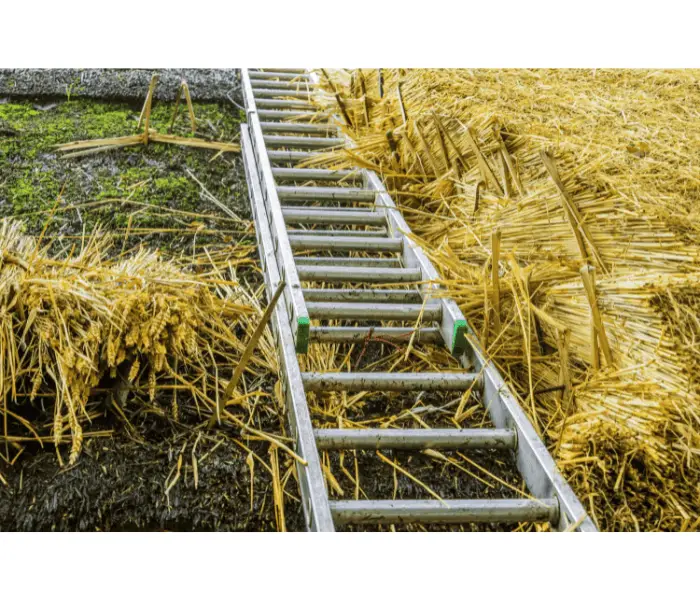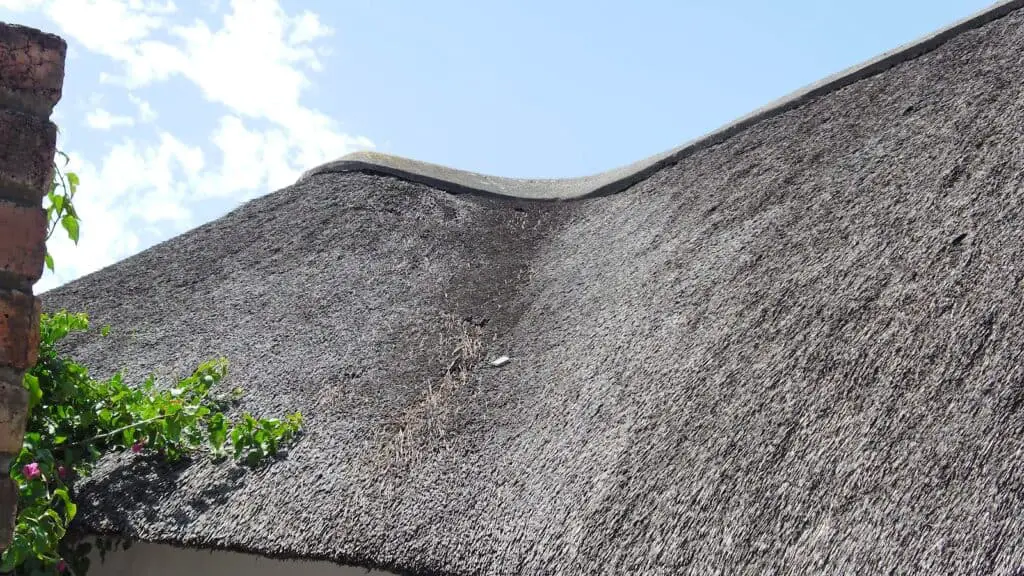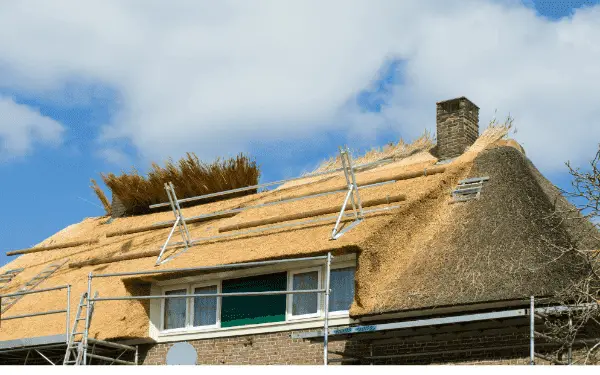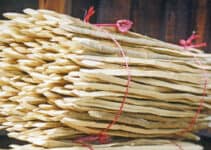Maintaining a thatched roof is vital to keep it looking fresh and functional. The process is called combing, but how do you comb a thatched roof? You comb a thatched roof using a hedge cutter or similar tool to remove the top layer of thatch. The newly-exposed layer is then brushed and compacted to ensure it’s still weather-resistant.
Below, we’ll cover this process in more detail, along with looking at why you should comb a thatched roof.
What is Thatched Roof Combing?
Thatched roof combing is the process of removing the top layer of thatch to expose fresher material underneath. Despite the name, combing (or brushing) is a relatively small part of the process. The longer part involves removing the thatch, which can be done by hand or with power tools.

Why Comb a Thatched Roof?
The simplest answer to why you comb a thatched roof is maintenance. As the outer layer is exposed to the elements, it’ll gradually rot and break down.
The material underneath will stop this from causing too many issues, though, so combing isn’t specifically about preventing leaks.
However, during the combing process, the remaining thatch is compacted and re-tied. It’s this stage that helps prevent leaks and further damage, but it’s necessary to remove the rotted thatch before you try to compact the roof.
Then, there’s the issue of appearance. Fresh thatch looks much nicer than old rotted stuff, so it’s a quicker and cheaper way to get your thatched roof looking postcard perfect again.

How Often Should a Thatch be Combed?
There’s no set answer for how often a thatched roof should be combed, as it depends on several factors. However, the general consensus is that it should be done every 5-15 years.
The most important factors that influence this timespan are:
Material Quality
Depending on what material you use for your thatched roof, you might not have to comb it as often. For example, water reed generally lasts longer than straw or a combination of materials. As such, you won’t need to get it combed as often because it’s more durable.
Weather
It probably comes as no surprise that weather influences how often your roof should be combed. After all, if you live in a rainy climate, your roof is more likely to degrade faster.
In wetter areas, it makes sense to use a more durable thatching material to get the most out of your roof.
How Do You Maintain a Thatched Roof?
Now that we’ve looked at why you should comb a thatched roof, let’s go over the process of doing it. Of course, you should get a professional in for this job, but it doesn’t hurt to have an understanding of the process.

1. Removing thatch
The first step is the remove the top-most layer of thatch. This will typically be an inch or so, although it depends on how degraded is the material, so it could be more.
A thatched roof can be brushed by hand or using gardening shears. As you can imagine, this is a pretty long-winded process, so the industry standard is now to use electric hedge trimmers.
The main benefit – along with efficiency – is that it avoids the risk of detaching other layers, meaning less disturbance to the roof.
2. Brushing
Next is the important step of brushing (or combing). This is pretty self-explanatory: you use a brush to ensure the thatch material is laying down, facing the correct way, and is packed correctly.
There’s not much more to say about this step because it’s fairly simple.
3. Compacting
The final stage is compacting the remaining thatched roof. Where possible, this is done by re-tying the roof twines from inside the house – you’ll often find these in your attic.
However, this isn’t always possible due to access or twine quality issues. It’s not uncommon for thatchers to use twines that don’t last as long as the thatch.
These can then snap when you try to pull on them.
If you know this is the case, another option for compacting the roof is to add more thatch bundles so the existing twines are tight again.
While this is a more expensive option, it helps prevent moisture build-up so is arguably worth it.
Final Thoughts on Thatched Roof Combing
Combing a thatched roof helps get the most from the material, as it can last up to 50 years if maintained properly.
If you’re only just learning about combing and you live in a thatched cottage, consider asking a professional to see if it needs doing on your home.


